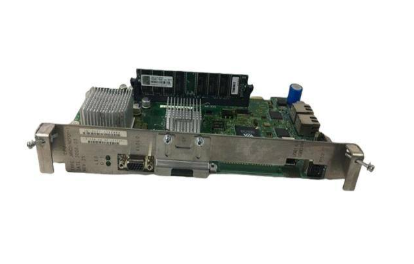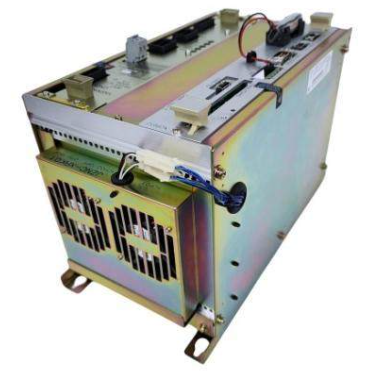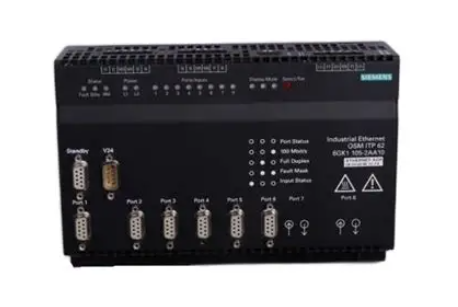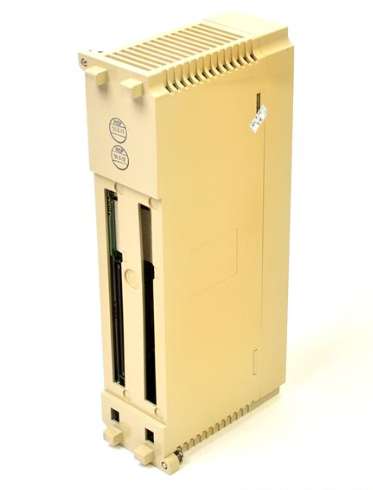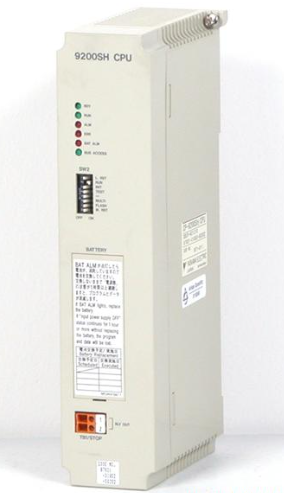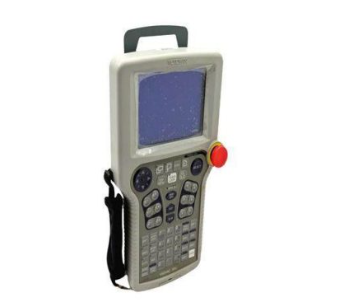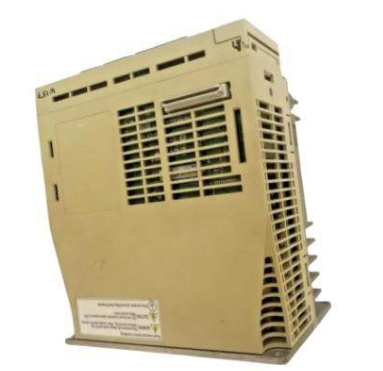AB Analog Input Module Cat. No. 1771-IFE
AB Analog Input Module Cat. No. 1771-IFE
Module Overview: The 1771-IFE Analogue Input Module is an intelligent block transfer module that interfaces with block transfer capable
Allen-Bradley programmable controllers to enable data interaction between analogue input signals and the controller.
It is a single-slot module that requires no external power supply (passive sensors require user-supplied loop power) and is capable of processing
16 single-ended or 8 differential analogue inputs and converting them to a specified data format for transmission to the processor.
Installation Procedure:
Pre-installation Preparation: Before installation, calculate the power requirements of all modules in the chassis to avoid overload,
determine the location of the modules in the I/O chassis (any slot except the leftmost slot), and key the backplane connectors.
Static protection: Wear an anti-static wrist strap or touch a grounded object during operation, avoid touching the backplane connector pins,
and place the module in a static-shielding bag when not in use.
Wiring operation: Connect the 1771-WG wiring arm, single-ended inputs and differential inputs have different connection methods,
and the analogue input signal should be within ±14.25V, unused channels should be shorted to the common terminal of the module.
The module defaults to a 1 - 5V DC voltage input, which can be changed via the configuration plug.
Programming points:
Block Transfer Programming: The module communicates with the processor via a bi-directional block transfer, the block transfer write command is used
to initialise the configuration, the rest of the time it is mainly in block transfer read mode.
Examples of programming for different processors: PLC-2 is programmed with the note that read and write instructions cannot be enabled at the same time;
PLC-3 uses a binary file for storing module related data; PLC-5 uses a separate control file and is conditional on an enable bit.
Scan Time: The scan time refers to the time it takes for the module to read the input channels and put the new data into the data buffer,
which is related to the module configuration, e.g. 12.5ms for 8 differential inputs without filtering, 25ms for 16 single-ended inputs without filtering.
Module Configuration:
Input Range Selection: 5 types of voltage or 3 types of current input ranges can be configured, set by the specified word of the Block Transfer Write command.
Other Configuration Options: Includes selection of input type (single-ended or differential), data format (BCD or binary, etc.), digital filtering,
real-time sampling and scaling, and other functions.
Data Reading and Diagnostics:
Data reading: Transfer module status and data to processor data table through block transfer read programming, data contains diagnostic bits,
input values and other information.
Troubleshooting: The module reports faults through indicators and status bits, e.g., the red FAULT indicator lights up to indicate a fault,
and the type of fault can be determined according to the diagnostic bits.
Calibration operation:
CALIBRATION TOOLS: Calibration requires a digital voltmeter (e.g., Keithley 191 or Fluke 8300A), a calibration tool (p/n 35F616),
potentiometer sealant, industrial terminals (1770 - T3, etc.), and a backplane expansion card (1771 - EZ).
Calibration procedure: Adjust the 10V reference voltage, then zero the input offset.
The module must be powered on for 30 minutes before calibration and cannot be calibrated in the operating system.
Technical specifications: The module has various technical specifications, such as input voltage ranges from +1 to +5V dc, current ranges
from +4 to +20mA, 12-bit binary resolution, 0.1% of full scale range @ 25 °C, and so on.
Key Issues:
What are the key things to keep in mind when installing 1771-IFE modules?
Answer: Installation requires calculating the power requirements of all modules in the box to avoid overloading; select a location other than
the leftmost slot for installation; key the backplane connector; protect against static electricity and avoid touching the backplane connector pins;
when connecting the 1771-WG wiring arm, pay attention to the connection of single-ended and differential inputs to ensure that
the analogue input signals are in the range of ±14.25V, and that unused channels are shorted to the module common;
the module's default 1 - 5V DC voltage inputs can be configured as required. Unused channels are shorted to the common of the module;
the module defaults to a 1 - 5V DC voltage input, which can be changed as required by configuring the plug.
How is the module programmed differently on different processors?
Answer: In PLC-2 programming, it is important to note that read/write commands cannot be enabled at the same time,
and specific memory bits are used to control the block transfer order; PLC-3 uses a binary file to store module related data,
and the industrial terminal will prompt for the creation of a control file; and PLC-5 uses a separate control file,
- EMERSON
- Honeywell
- CTI
- Rolls-Royce
- General Electric
- Woodward
- Yaskawa
- xYCOM
- Motorola
- Siemens
- Rockwell
- ABB
- B&R
- HIMA
- Construction site
- electricity
- Automobile market
- PLC
- DCS
- Motor drivers
- VSD
- Implications
- cement
- CO2
- CEM
- methane
- Artificial intelligence
- Titanic
- Solar energy
- Hydrogen fuel cell
- Hydrogen and fuel cells
- Hydrogen and oxygen fuel cells
- tyre
- Chemical fiber
- dynamo
- corpuscle
- Pulp and paper
- printing
- fossil
- FANUC
- Food and beverage
- Life science
- Sewage treatment
- Personal care
- electricity
- boats
- infrastructure
- Automobile industry
- metallurgy
- Nuclear power generation
- Geothermal power generation
- Water and wastewater
- Infrastructure construction
- Mine hazard
- steel
- papermaking
- Natural gas industry
- Infrastructure construction
- Power and energy
- Rubber and plastic
- Renewable energy
- pharmacy
- mining
- Plastic industry
- Schneider
- Kongsberg
- NI
- Wind energy
- International petroleum
- International new energy network
- gas
- WATLOW
- ProSoft
- SEW
- wind
- ADVANCED
- Reliance
- YOKOGAWA
- TRICONEX
- FOXBORO
- METSO
- MAN
- Advantest
- ADVANCED
- ALSTOM
- Control Wave
- AB
- AMAT
- STUDER
- KONGSBERG
- MOTOROLA
- DANAHER MOTION
- Bently
- Galil
- EATON
- MOLEX
- Triconex
- DEIF
- B&W
- ZYGO
- Aerotech
- DANFOSS
- KOLLMORGEN
- Beijer
- Endress+Hauser
- MOOG
- KB
- Moxa
- Rexroth
- YAMAHA
- Johnson
- Westinghouse
- WAGO
- TOSHIBA
- TEKTRONIX
- BENDER
- BMCM
- SMC


Email:wang@kongjiangauto.com

